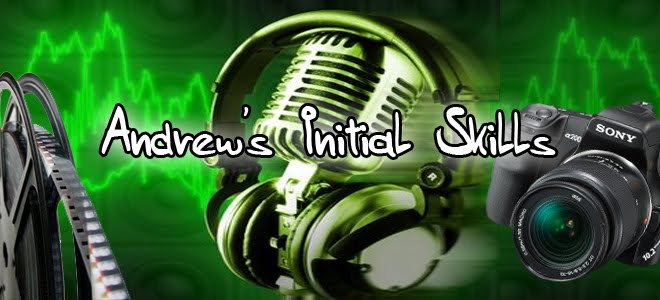Aerial – The process of taking pictures from the air, usually a bird’s eye view. Examples of this genre were rare and expensive till the appearance of Google Earth in which the entire Earth has been mapped out using bird’s eye view shots.
Black and White – Simply, black and white images are produced either by using specialised photographic paper, or by desaturating a coloured image in an image editing software.
Commercial – Commercial photography includes the use of images in advertising and other commercial use. These are usually pictures of the product or company name that the user is attempting to promote or sell.
Documentary – Documentary photography is usually portrayed in a very realistic and natural way and is used to present almost anything in a factual way. Documentary photography is always non-fictional.
Fashion – This form of photography is utilised to present clothes, usually worn by models, to the general public. This can be used for advertising as well as setting a trend or displaying the latest fashion. It is usually placed in specialised magazines.
Fine Art – There isn’t really a firm definition for ‘Fine Art’. Fine Art can be anything from a portrait to a landscape. It is usually created just to fulfill the creative vision of the artist.
Forensic – Used to record a crime scene for reference later in a case and to discover evidence that may be invisible to the naked eye.
Glamour – Used in the same way as Fashion. Mainly to present clothes to a wide audience.
High Speed – Used in sport to capture a high speed moment in crystal clear focus. It can also be used to see things in slow motion such as a speeding bullet or a high speed impact.
Illustration – Used for book covers to give a potential reader a general idea of the book they are about to read.
Landscape – The technique of taking photos of a landscape. Can be used in conjunction with many other media genres.
Nature – Used to record animals and plants in their natural habitat. Can be used with documentary genre.
Paparazzi – A form of photography which focuses on recording the actions of celebrities and other people.
Photojournalism – Used to record an event to be used in a media publication, either on a news program on TV, Internet or in a newspaper/magazine.
Portrait – Used commercially to capture a picture of a person/people in general or at an event that they wish to record.
Still Life – Mainly the process of taking pictures of stationary objects such as plants on a table or fruit in a bowl.
Stock – Used in the media when either the time or the money is not avalible to hire a photographer. It comprises of pictures which can be bought at a lower price than the hire of a photographer and used by the company in a media product.
Underwater – Self explanatory. The process of taking pictures of underwater objects, plants or creatures.
Wedding – The process of recording a wedding. Usually used in conjunction with Paparazzi if it is a celebrity wedding. Mainly for personal use.











